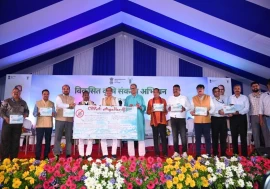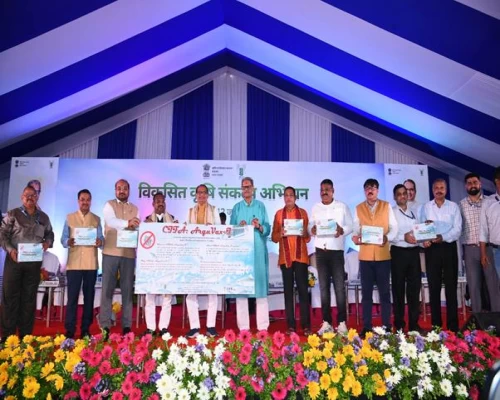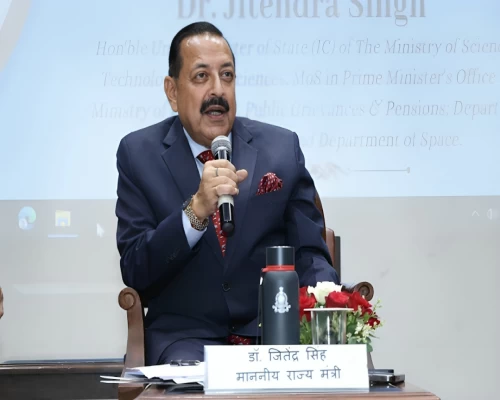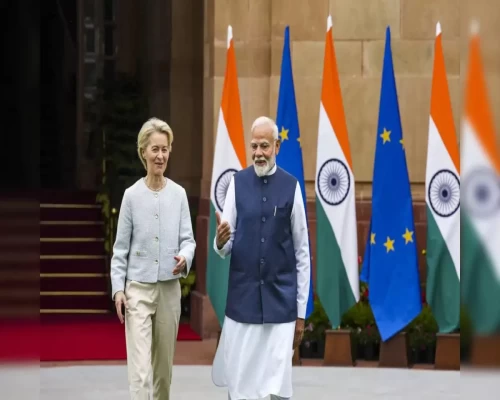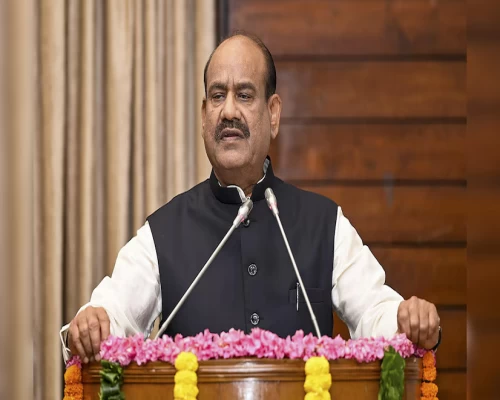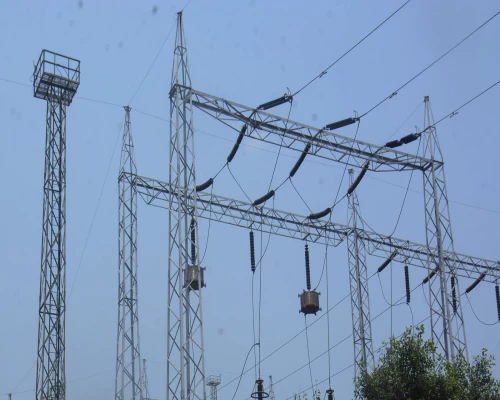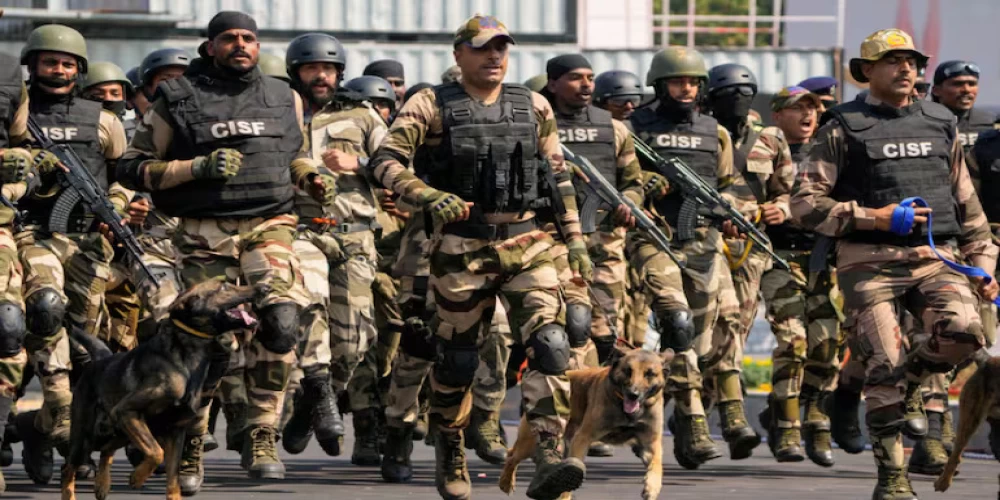
New Delhi: India will conduct civil defence mock drills across 244 districts on May 7, 2025, in response to rising tensions with Pakistan after a terror attack in Pahalgam, Jammu and Kashmir, on April 22, 2025, killed 26 people, mostly tourists. The Ministry of Home Affairs (MHA) ordered the exercises, the first since the 1971 India-Pakistan war, to prepare civilians and authorities for emergencies like aerial strikes or terrorist attacks, as reported by DD News. The drills follow the Pahalgam attack, which India attributes to Pakistan-based terrorists, prompting actions like suspending the 1960 Indus Waters Treaty and granting the armed forces operational freedom. The MHA cited “new and complex threats” under the Civil Defence Rules, 1968, emphasizing the need for readiness amid ongoing cross-border firing along the Line of Control.
The exercises will simulate wartime conditions, with air raid sirens, blackout measures, and efforts to camouflage critical infrastructure like power plants. Civilians, including students, will learn first aid, firefighting, and shelter protocols, while evacuation plans will be tested, especially in border areas like Jammu and Kashmir, Punjab, Rajasthan, and Haryana. Bunkers and trenches in border villages will be cleaned for civilian protection. About 4 lakh volunteers, civil defence wardens, Home Guards, National Cadet Corps, National Service Scheme, Nehru Yuva Kendra Sangathan, and students will join, coordinated by district magistrates and state chief secretaries under the Union Home Secretary.
The MHA aims to test air raid warning systems, communication with the Indian Air Force, control rooms, civilian training, blackouts, infrastructure camouflage, evacuations, civil defence services, and overall preparedness. On May 6, 2025, Union Home Secretary Govind Mohan reviewed readiness with chief secretaries and officials from the National Disaster Management Authority, National Disaster Response Force, Railway Board, and Air Defence. A blackout rehearsal in Ferozepur, Punjab, on May 4, 2025, tested measures for 30 minutes. The public may hear loud sirens, face brief power outages, or see traffic diversions during the drills, which reach village levels. The MHA advises keeping medical kits, torches, and candles ready and following local instructions.
State disaster response forces, local police, fire departments, National Disaster Response Force, National Disaster Management Authority, and the Railway Board will work together for smooth operations. The drills seek to improve coordination, raise public awareness, identify weaknesses in civil defence, and show India’s resolve to protect citizens. Post-drill reports will highlight successes and areas for improvement. Citizens should stay calm during disruptions, as the exercises aim to reduce panic and save lives in a real crisis. The drills cover 33 states and Union Territories, including Delhi, Andhra Pradesh, Assam, Chandigarh, Uttarakhand, West Bengal, Goa, and northeastern states, with a focus on vulnerable border regions.
BI Bureau


